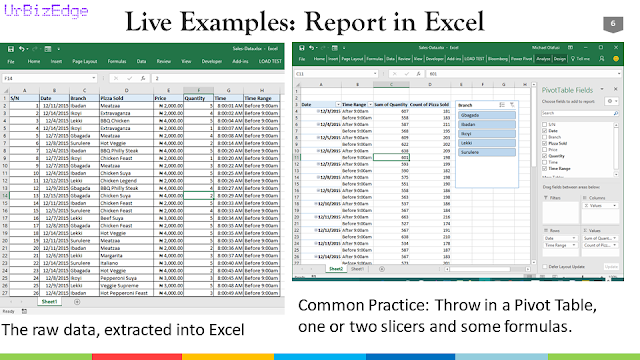 |
| image: laptimeclub.com |
1. Lots of tolerance, especially when frustrated
The problem I see with many people who don't go beyond talking about becoming a data analyst is that they don't have much tolerance for slow progress. They want to learn something today and apply it tomorrow; and when they can see how to apply what they are learning, they give up.
When it comes to data analysis, especially if you are coming from a non-numerate field, you will have the initial problem of conceptualization. The big question of how do you know that this is what to do with the data? It is the first reality that hits you once you transition from doing guided practice to tackling a real-world problem.
Then the second problem you face is that the steps needed to battle each data analysis task are always different. So you can read many books, watch many training videos and do many guided practice, you will not escape being stuck on your first non-guided tasks because you will need to do something you've never done before. Rather than complain, just google the way out.
Also, you will have mood issues. There will be times you just won't be in the mood for any non-guided data analysis. The main reason why we consultants tend to know a lot more than in-company staff who might even have been in the field for many years before us, is that we don't do the same type of tasks day in day out. Almost every data analysis project I get requires deep fresh thinking and most clients are very scanty on details (some don't even know what they should want and entirely rely on you to think that out for them).
2. Love for the work
You will have to put in many hours of study, practice and thinking. If you don't love working with data, you will burn out quick. You must be okay with thinking about your data work at night and in your dreams.
3. Willing To Help Other People
Freely, at first. It is only by doing and in various circumstances do you get very good at data analysis. It is by helping others with their data analysis work that you get that valuable hands-on expertise.
4. Continuously Learning
There are no end to tools, algorithms and methods for carrying out data analysis. The person who stops learning new tools and methods will soon find himself no longer relevant. Even if you don't see any compelling reason to ditch your tool for the new ones, still learn them. You don't want to have too many knowledge gaps when that new tool suddenly becomes greatly improved and the new world standard.
And these are the attributes I think anyone wanting to thrive in the data analysis world should have.










































